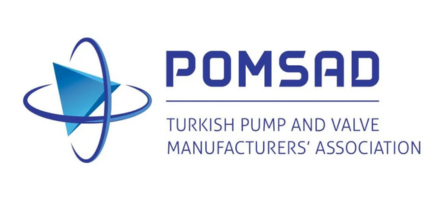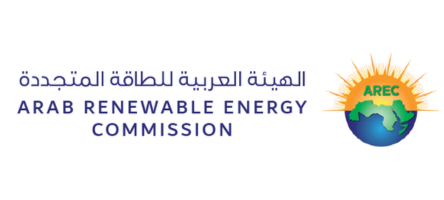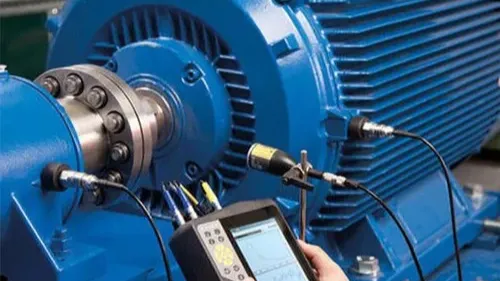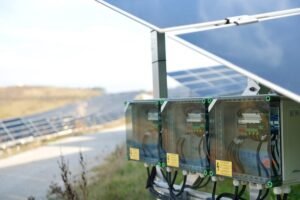In today’s industrial landscape, energy efficiency is a top priority. Motors and generators are the backbone of various applications, from manufacturing to power generation. One of the most effective ways to enhance energy efficiency in motor-driven systems is by integrating Variable Frequency Drives (VFDs). These devices optimize motor performance, reduce energy consumption, and extend equipment lifespan. This article explores the benefits of VFDs in motors and generators, highlighting their impact on operational efficiency.
Understanding Variable Frequency Drives (VFDs)
A Variable Frequency Drive (VFD) is an electronic device that controls the speed and torque of an AC motor by varying the frequency and voltage of its power supply. Unlike traditional motor control methods such as direct-on-line (DOL) or star-delta starters, VFDs provide precise speed control, reducing mechanical and electrical stress on motors.
Key Components of a VFD System:
-
Rectifier: Converts AC power to DC.
-
DC Bus: Stores and smooths the DC voltage.
-
Inverter: Converts DC back to variable AC voltage and frequency.
-
Control Unit: Regulates speed, torque, and motor protection settings.
Benefits of Integrating VFDs in Motors and Generators
1. Energy Efficiency and Cost Savings
VFDs optimize motor speed according to load requirements, reducing energy wastage. By eliminating unnecessary full-speed operation, industries can achieve up to 30-50% energy savings, significantly cutting electricity costs.
2. Enhanced Motor Performance and Longevity
Frequent start-stop cycles and sudden torque variations stress motor windings and bearings. VFDs enable soft-starting and smooth acceleration, minimizing mechanical wear and extending motor lifespan.
3. Precise Speed and Torque Control
Traditional fixed-speed motors operate at a single frequency, leading to inefficiencies under varying loads. VFDs allow dynamic speed adjustments, ensuring optimal torque delivery and improving process control in applications like conveyor belts, pumps, and fans.
4. Reduced Mechanical Stress and Maintenance
By preventing abrupt starts and stops, VFDs reduce strain on mechanical components, lowering maintenance costs and downtime. Additionally, they mitigate issues like water hammer in pump systems and belt slippage in conveyor motors.
5. Power Factor Improvement and Reduced Harmonics
Modern VFDs incorporate power factor correction (PFC) features, reducing reactive power demand and improving overall power quality. Advanced models also integrate harmonic filters to mitigate distortions in electrical networks.
Application of VFDs in Generators
While primarily used in motors, VFDs can enhance generator efficiency in specific scenarios. In variable-speed generator systems, VFDs regulate frequency output, ensuring stable voltage and optimal power generation. This is particularly beneficial in renewable energy applications such as wind turbines and hydroelectric systems.
Selecting the Right VFD for Your Motor
When choosing a VFD, consider the following factors:
-
Motor type and power rating (induction, synchronous, or permanent magnet motor)
-
Voltage and current requirements
-
Load characteristics (constant or variable torque)
-
Environmental conditions (temperature, humidity, and enclosure ratings)
-
Control interface compatibility (PLC, SCADA, or remote monitoring systems)
Integrating VFDs into motor and generator systems is a game-changer for industrial energy efficiency. By optimizing speed control, reducing mechanical stress, and lowering energy consumption, VFDs contribute to sustainable operations and cost savings. Whether in manufacturing, HVAC systems, or power generation, VFDs provide a smart solution for enhancing motor performance. Investing in VFD technology is a step toward a more energy-efficient and reliable future for industrial motor applications.










